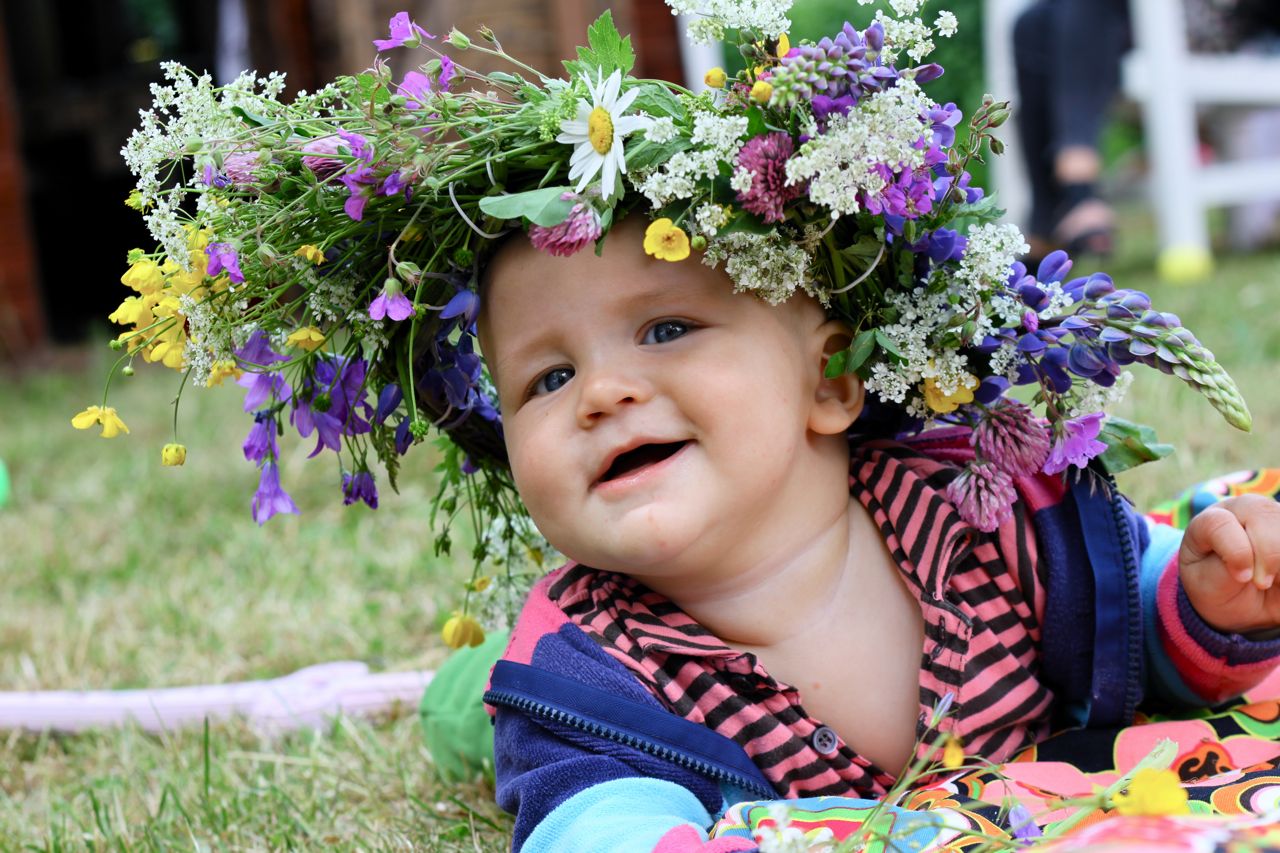Midsummer Celebrations
MidSummer
Summer Soltice
Litha
Feast of John the Baptist
The Summer Solstice is also known as: Alban Heflin, Alben Heruin, All-couples day, Feast of Epona, Feast of St. John the Baptist, Feill-Sheathain, Gathering Day, Johannistag, Litha, Midsummer, Sonnwend, Thing-Tide, Vestalia and others.
Midsummer is a night of magic and mystery as we celebrate the growth of the earth. Around the world and across cultures people celebrate this as the first day of Summer, generally on June 21.
"Solstice" is derived from two Latin words: "sol" meaning sun, and "sistere," to cause to stand still. This is because, as the summer solstice approaches, the noonday sun rises higher and higher in the sky on each successive day. On the day of the solstice, it rises an imperceptible amount, compared to the day before. In this sense, it "stands still."
The common Wiccan and Pagan holiday is often called Litha.
Christian celebrations, after the conversion of Europe to Christianity, the feast day of St. John the Baptist was set as JUN-24. It "is one of the oldest feasts, if not the oldest feast, introduced into both the Greek and Latin liturgies to honour a saint." "Just as John was the forerunner to Jesus, midsummer forecasts the eventual arrival of" the winter solstice DEC-21.
The person of John Baptist is known for his wild spirit which personifies the energy of the Summer Solstice.
In addition the Essences also celebrated this Midsummer holiday.
Essenes: This was a Jewish religious group active in Palestine during the 1st century CE. It was one of about 24 Jewish groups in the country -- the only one that used a solar calendar. Other Jewish groups at the time included the Sadducees, Pharisees, Zealots, followers of John, and followers of Yeshua (Jesus). Archaeologists have found that the largest room of the ruins at Qumran (location of the Dead Sea Scrolls) appears to be a sun temple. The room had been considered a dining room by earlier investigators, in spite of the presence of two altars at its eastern end. At the time of the summer solstice, the rays of the setting sun shine at 286 degrees along the building's longitudinal axis, and illuminate the eastern wall. The room is oriented at exactly the same angle as the Egyptian shrines dedicated to the sun. Two ancient authorities -- the historian Josephus and the philosopher Filon of Alexandria -- had written that the Essenes were sun worshipers. Until recently, their opinion had been rejected by modern historians.
For those who celebrate the Christian Craft it is a day of wonder and wild spirit. Bonfire are lit, and St, John the Baptist is revered. We celebrate the Summer and the life of John the Baptist.
In the Wheel of the Year (Pagan calendar) Midsummer is one of the 'lesser sabats' of the 8 major sabats and often one the most favorite for the energy of this time of the year. We are given no only what we need, but even more. Midsummer is a holiday of excess and frolic.
My Practice-
I celebrate by adorning my main altar with glorious array of summer flowers and fruits. I light a 7 day candle in honor of John the Baptist and do energy work to Bless and bring abundance.
My family and I often go the mountains where we honor nature and celebrate this day with a bonfire and feasting. The energy of this day is great for positive and love work.
One of my favorite parts of both Beltane (May 1) and Midsummer are the head wreaths. These beautiful head arrangements symbolize the female maiden energy and are lovely to wear.
Correspondence:
Litha
Summer HERBS
Lavender, Chamomile, Roses, Daisy, Lily
INCENSE
Frankincense, Lemon, Rose, Wisteria, Lavender
COLORS
Blue, Green, Yellow
DECORATIONS
Dried herbs, Potpourri, Seashells, Summer Flowers, Fruits
FOODS
Summer Fruits, Ale, Mead, Fresh Vegetables



